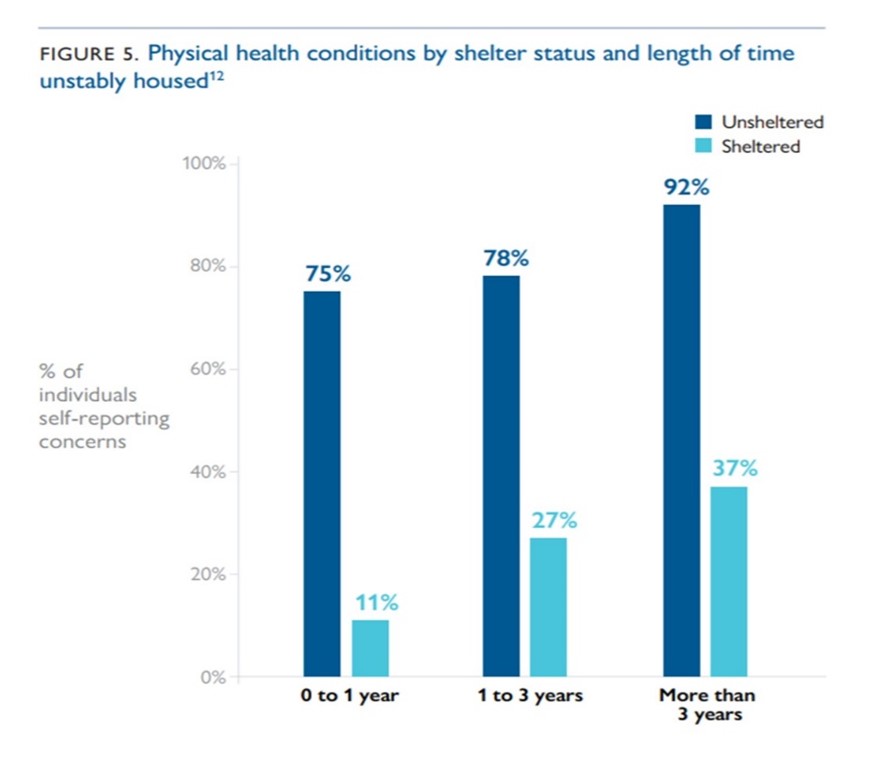COVID-19 and The Unsheltered
By Rebecca Rice, Community & Social Services Manager
At the Issaquah Food & Clothing Bank, we have thought a lot about how to keep our shoppers, volunteers, and staff safe from COVID-19. You have likely seen some of our efforts – reduced staff and volunteers in the building, extra cleaning and sanitation, and when necessary, no shoppers inside the building.
These efforts have been very successful at keeping the majority of our constituents safe and healthy. However, there is a group we serve who are at increased risk of serious COVID-19 infection due to their living situation – people who are unsheltered. This group may be in emergency shelters part of the time, but generally spend a good portion of nights sleeping outdoors or in cars.
We all know older adults are at increased risk of complications and severe illness from COVID. In recent years, the CDC has conducted a study that found that people who are unsheltered age faster than their peers who are living indoors. An unsheltered person in their 50s has health issues at the same rate of a sheltered person in their 70s – memory loss, falls, and functional impairments. Even before the pandemic began, the number of older adults living outdoors has been increasing and projected to continue to increase for the next decade.
One reason many people, particularly older people, become unsheltered is because they can no longer afford their rent or housing payments, often due to medical costs and debt while living on a fixed income. This means that people who already have chronic or severe medical concerns are now living in conditions that will exacerbate their existing health issues. This makes COVID-19 even more of a concern for this population.

Chart shows incidence of physical health issues in people who are unsheltered vs. sheltered. Original article.